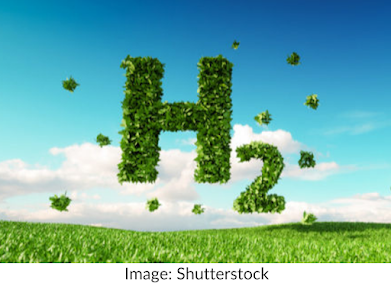Little Act with a Big Impact!
It was just another cold, wet, and windy afternoon as I surveyed my nearby creek for trash as a volunteer for a local watershed protection organization. I came to pick up trash later than most so much of the trash ner the road was already picked up, so I thought that I would not be doing much that day, but I soon noticed that the trees and stream below the road, were still filled with trash. Plastic bags and used face masks were tangled in tree branches and layed on rocks, plastic bottles floated in the stream, and bits of styrofoam containers were scattered around the area. I realized that it would be a difficult task to retrieve all of these items from their hard to reach places, yet I started my hike down the steep, narrow, and slippery path down towards the stream. Well, it wasn't really a path; its was covered in prickly bushes, whose many sharp thorns pierced through my jacket and pants. I ripped away the plastic bags that were suffocating the short trees as I carefully approached the stream. It was a good thing that I wore my rainboots, as I needed to step into the stream to fetch plastic bottles and even more plastic bags. In the end, on a day that I thought I would find little, I collected nearly an entire humongous bag of trash. My mom came along with me and took some pictures from above the stream (the organization wants trash pickers to send pictures of their volunteer work)!
Image Credits: https://www.cbf.org/blogs/save-the-bay/2018/10/this-week-in-the-watershed-2018-10-05.html and https://www.wypr.org/post/what-baltimore-and-rio-share-common-third-world-water-pollution
I enjoy volunteering with this organization for local trash pickup every month because my family often visits the park in which the stream is located in for a walk. Volunteers like myself, preserving the beauty of our community's parks is a small, yet fulfilling way to make a positive impact. This volunteering also actually impacts more than just my community, because our small stream is a part of the massive Chesapeake Bay watershed which spans from Virginia, all the way up to New York! The water from this stream flows into the Potomac river, a major tributary to the Chesapeake bay.
The trash from this small and seemingly unimportant stream, can actually end up flowing into the massive Chesapeake bay and damage its already struggling ecosystem. According to the National Wildlife Federation, "Approximately 17 million people live in the Bay
watershed and millions more use it for recreation, tourism, and environmental education. The Bay is home to 3,600 fish, animal, and plant species including iconic,
commercially valuable species like the Blue Crab and Eastern Oyster," the large population of people and animal species utilizing the bay, will all be negatively impacted if the bay continues to be filled with pollution. They go on to state that, "Much of the pollution imperiling the Bay comes from activities occurring
miles from the Bay itself, along the tens of thousands of streams, creeks, rivers
and accompanying wetlands that converge to form and replenish this mighty
resource," clearly highlighting the true importance of keeping small individual streams free from trash.






Comments
Post a Comment